Problem reason:
Too many startup items, too many desktop files, too many antivirus software installed, system updates, etc., may cause a slow startup and hang.
Solution:
Please optimize according to the following methods:
1. Optimize startup items
It may be caused by too many startup items. The specific operation methods are as follows:
A: Right-click on the blank of the taskbar or the start menu.
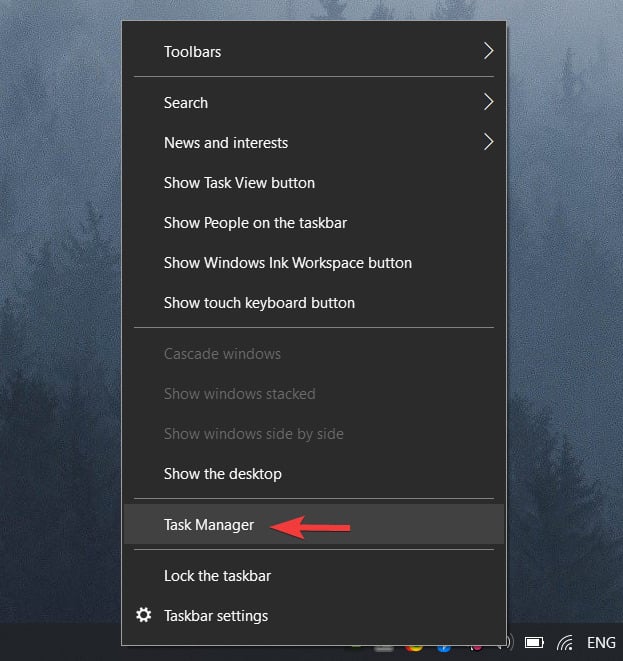
B: Select Task Manager in the pop-up menu.
C: On the Task Manager window, select the Startup tab, and you can see what startup items are currently available in the system. Right-click on the unwanted startup item and select Disable from the pop-up menu.
2. Clean up desktop icons and files
Since the desktop belongs to the system disk, the computer will load the system during the boot process. It is recommended not to place a large number of icons, documents, pictures, etc. on the desktop. You can use folders to classify them.
3. Uninstall redundant antivirus software
Since antivirus software generally requires high system permissions, multiple antivirus software on a computer may cause conflicts, resulting in program crashes or slow system operation. It is recommended to install one antivirus software.
A: Press the "Win" key + "R" key and enter "appwiz.cpl" in the edit box in the window.
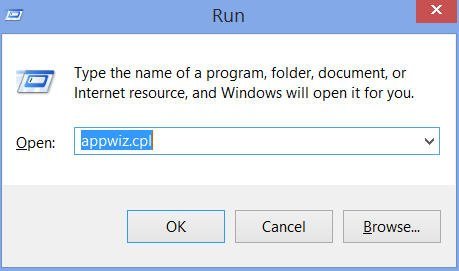
B: In the pop-up program and function window, right-click the redundant anti-virus software, click the pop-up menu to uninstall/change, and then perform the corresponding deletion operation according to different anti-virus software.
4. Uninstall incompatible third-party software
Check if the problem occurs after installing a third-party app, uninstall the related app, and try again. The third-party startup software may not be compatible with Windows 10 system, the method is the same as step 3.
5. Change the software installation path
It is recommended to develop good software management habits. Since the default path for most software installations defaults to the system disk, it is recommended to specially plan space for software installation, which is convenient for management and later optimization. Some infrequently used software can be selectively installed on non-system disks to reduce system pressure.
6. The new partition of the disk should not be too much
When the computer is powered on, all disk drives need to be loaded. The more hard disk partitions, the slower the loading is. In addition, the file copying time between partitions is much longer than the file/directory copying within the same partition. Generally, the number of partitions should not exceed 5, generally between 3- 4 partitions.
7. Adjust system visual effects and add virtual memory
The specific operation method is as follows:
A: Press the "Win + R" key combination at the same time to bring up the start running window, and enter "sysdm.cpl" in the edit field of the running window.
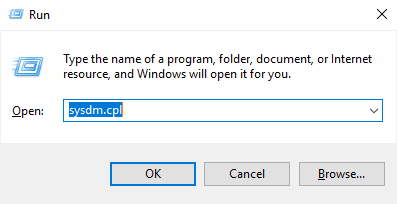
B: On the Advanced tab, click Settings under Performance. Select Custom in the Visual Effects column, and then uncheck the visual effects you don't want, depending on your needs.

C: Then click Advanced, click Change in Virtual Memory, uncheck Automatically manage paging file sizes for all drives, then select Custom Size, and adjust the virtual memory size appropriately (in theory, the larger the value, the better, and the minimum value is the total physical memory 1/4, the maximum value is the value of physical memory), and finally click OK. The system will prompt to restart the computer and select restart.


D: Click OK.
8. Improve system speed through system settings
Method 1: Set the number of processors to the maximum value in the system configuration.
A: Right-click the Windows icon on the desktop and click Run. After entering "msconfig" in the window that opens, click OK.
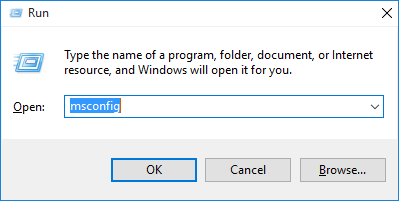
B: In the System Configuration window, select General, and check Load system services and Load startup items under Selective startup.
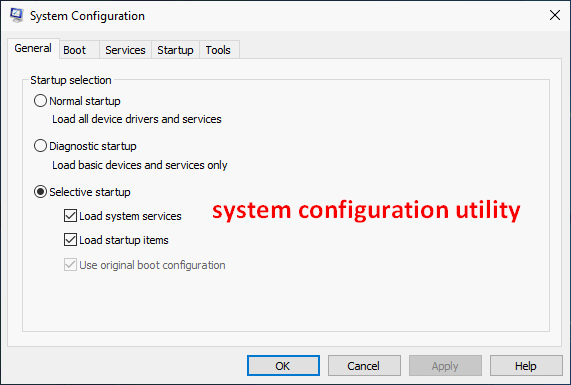
C: In the system configuration window (enter "msconfig" in the start running edit box to call up), click Boot > Advanced Options, in the Boot Advanced Options window, check the number of processors and select the largest number, and click OK. Then enter 3 in the Timeout dialog box and click OK.
Method 2: Set Enable Fast Startup in Power Options.
A: Right-click the Windows icon on the desktop and click Power Options.
B: In the Power and Sleep window, select Additional Power Settings under Related Settings on the right.
C: In the power options window, click the Select the function link of the power button on the left, and in the pop-up system settings window, click Change the settings that are currently unavailable.
D: Then tick Enable Fast Startup, and finally click Save Changes.
Note:
1. If the above solutions are invalid, press and hold or tap F8 to enter safe mode when booting, select Troubleshooting, and use Restore this computer to restore the computer to the factory state. If the problem still cannot be solved, it is recommended to back up the data and take the purchase invoice to a nearby realme service center for testing.
2. The data in the C drive (including desktop files, downloads, documents, and other personal files) will be deleted when the system is restored to the factory, and the files in other drive letters will be retained. Please always back up the personal files in the C drive.
Related Articles:


